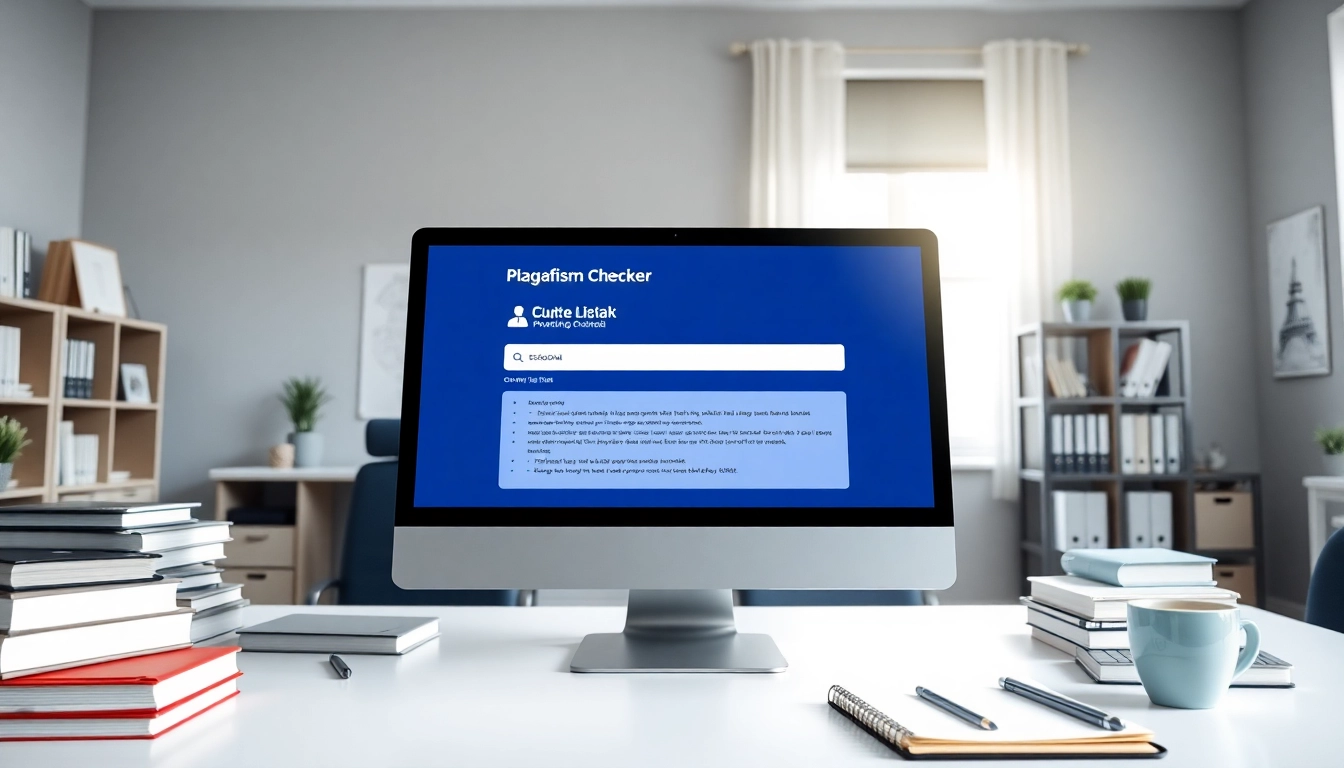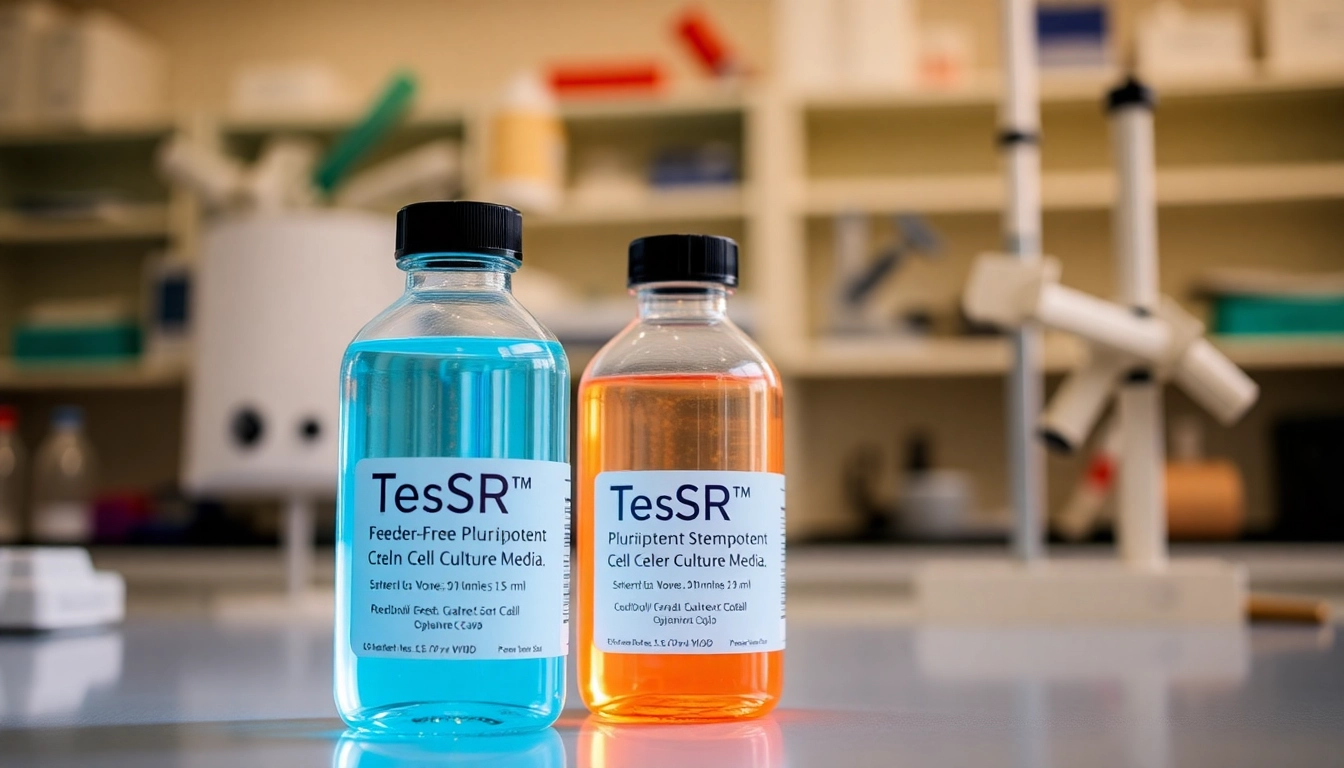Understanding Plagiarism and Its Consequences
What is Plagiarism?
Plagiarism is defined as the act of using someone else’s work, ideas, or expressions without proper acknowledgment, presenting them as one’s own. This unethical practice can manifest in various forms, including copying text from books or articles, paraphrasing without credit, and even self-plagiarism, where an author reuses their previous work without citation. In an academic setting, plagiarism undermines the integrity of educational institutions and the learning process, making it crucial for students and professionals to understand its implications.
The Impact of Plagiarism on Students
The consequences of plagiarism extend beyond mere academic penalties; they can significantly affect a student’s identity, future opportunities, and personal reputation. Upon detection, students might face severe repercussions such as failing grades, expulsion, and damaged relationships with educators. Moreover, the psychological burden of being labeled a plagiarist can lead to decreased self-esteem and a general disinterest in academics.
Legal and Ethical Repercussions
Plagiarism also has legal implications, particularly regarding copyright infringement. Utilizing copyrighted material without permission can result in lawsuits or fines. Ethically, plagiarism challenges the principles of honesty and integrity that are foundational to scholarly work. Universities and professional organizations worldwide are adopting stringent policies and using sophisticated tools to detect and prevent plagiarism, emphasizing the increasing significance of maintaining academic honesty.
How a Plagiarism Checker Works
Technology Behind Plagiarism Checkers
Plagiarism checkers utilize advanced algorithms and machine learning models to analyze text. These tools compare submitted work against a vast database of online content, including journal articles, blogs, and other publicly available resources. The technology involves natural language processing (NLP) that not only identifies verbatim content but also detects paraphrased ideas. By calculating similarity percentages, these tools can effectively flag potential issues for review.
Different Types of Plagiarism Detection Tools
Plagiarism detection tools can be categorized into a few types:
- Online Checkers: Tools that allow users to paste and check content without installing software.
- Desktop Software: Standalone applications that provide comprehensive analysis and functionality.
- Institutional Tools: Systems integrated within universities or educational institutions, often with greater accuracy and database access.
These tools can vary in terms of features, databases, and cost based on their target audience, ranging from students to professional publishers.
Real-Time Content Analysis
Some advanced plagiarism checkers offer real-time content analysis, providing instant feedback to users during the writing process. This feature is especially useful for students and professionals who seek to ensure originality before finalizing their work. Real-time analysis helps save time and encourages better writing practices by prompting users to rephrase or cite sources appropriately while they create content.
Choosing the Right Plagiarism Checker
Comparison of Top Plagiarism Checkers
There are numerous plagiarism checkers available online, making the selection process overwhelming. Here are features of some popular tools:
- Grammarly: Renowned for its grammar correction capabilities, Grammarly also features an effective plagiarism checker that compares against billions of web pages.
- PapersOwl: Offers a comprehensive plagiarism detection service tailored for students, ensuring accurate results across various file formats.
- Scribbr: Known for its user-friendly interface and extensive database, Scribbr provides an accurate plagiarism detection solution used by universities.
- Copyscape: A favorite among web publishers, Copyscape allows users to check for duplicate content online.
Key Features to Look For
When choosing a plagiarism checker, consider the following essential features:
- Accuracy: The effectiveness of the tool in detecting plagiarism types, including patchwork and paraphrased content.
- Database Size: A larger database typically increases the likelihood of detecting copied material.
- Reporting: Detailed plagiarism reports that show matched sources, similarity percentages, and suggestions for citation.
- Accessibility: User-friendly interfaces that cater to both novices and advanced users, with mobile compatibility if necessary.
- Cost: Free vs. paid options, comparing returns on investment based on features provided.
User Reviews and Ratings
User feedback is invaluable in assessing the effectiveness of plagiarism checkers. Platforms like plagiarism checker reviews, academic forums, and consumer feedback websites offer insights into user experiences and satisfaction levels. Look for reviews that detail usability, accuracy, and customer support for a comprehensive evaluation.
Best Practices for Using a Plagiarism Checker
How to Run a Plagiarism Check Effectively
To maximize the benefits of a plagiarism checker, follow these best practices:
- Submit Complete Drafts: Ensure that you check finalized documents rather than snippets to get a full picture of potential issues.
- Use Multiple Tools: Since no tool is perfect, running your document through different plagiarism checkers can provide a more thorough evaluation.
- Review Suggestions: Carefully examine the suggested corrections or citations the tool provides.
Interpreting the Results
Understanding the output from a plagiarism checker is vital for effective revision. Results typically include a similarity score, which indicates the percentage of text that matches existing sources. Not all highlighted content is necessarily plagiarism; it could be legitimately quoted material. Familiarize yourself with identifying legitimate citations versus problematic instances. This understanding is crucial in deciding whether to revise the text or ensure proper citation.
Revising Content for Originality
Revision is an essential aspect of the writing process. Here’s how to revise content effectively:
- Rephrase: Use synonyms and change sentence structures to present ideas more originally.
- Quote Properly: When using other authors’ work, quote directly and provide citations.
- Conduct Original Research: Support your claims with your findings or perspectives to enhance originality.
Additional Resources for Academic Writing
Writing Guides and Style Manuals
Utilizing writing guides and style manuals can enhance your writing skills and understanding of citing sources. Explore resources like the MLA Handbook, APA Publication Manual, and various online writing centers that provide comprehensive guidelines for academic writing standards. Many of these resources also include citation standards that can prevent plagiarism.
Tools for Citation and Paraphrasing
In addition to plagiarism checkers, consider using tools designed for proper citation and paraphrasing, such as citation generators and paraphrasing aids. These can help streamline the writing process while ensuring that references are accurately attributed.
Online Support Communities
Engaging with online writing communities can be beneficial for developing writing skills and gaining insights into best practices for avoiding plagiarism. Platforms like Reddit, academic forums, and writing blogs offer vast pools of knowledge where students and professionals can share experiences and seek advice.



